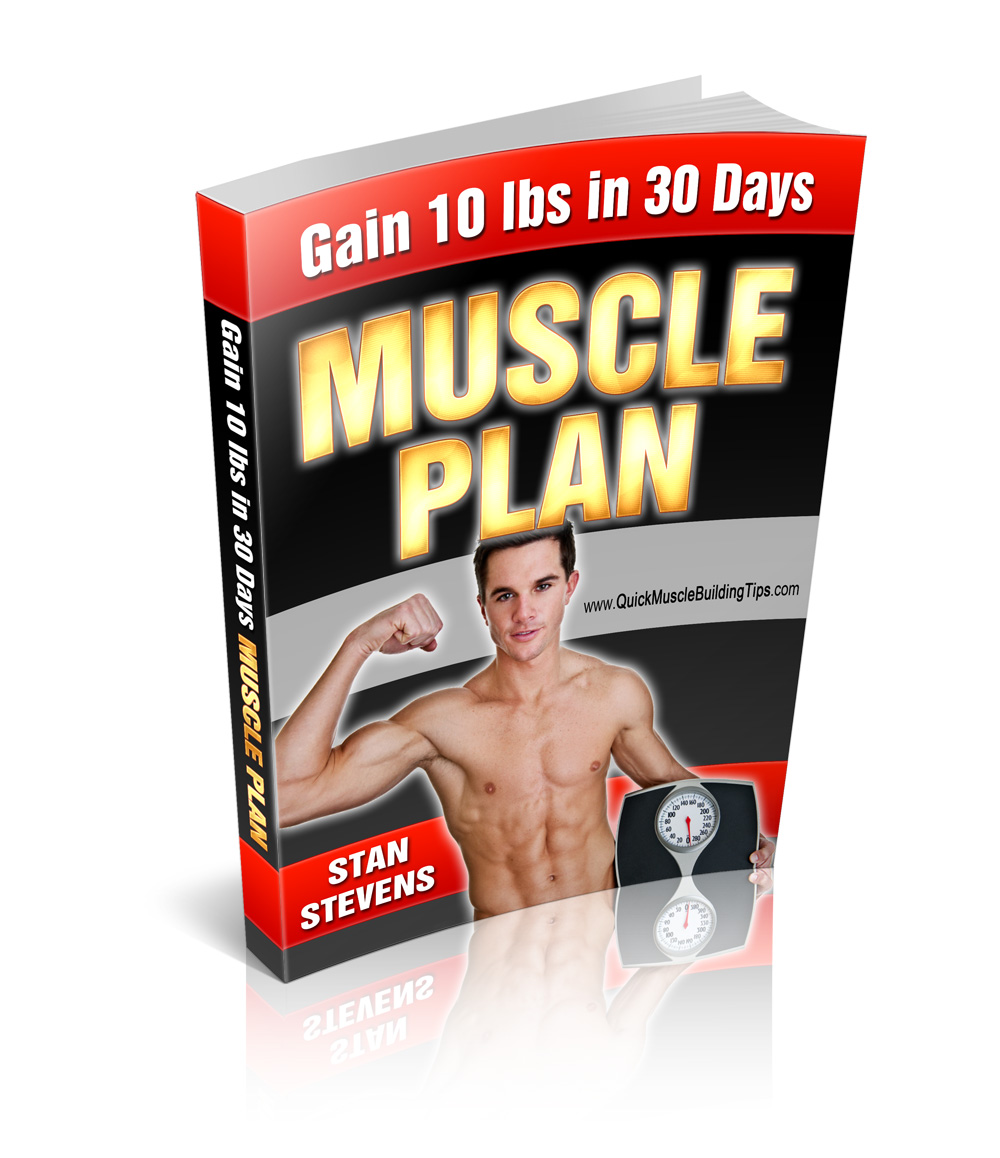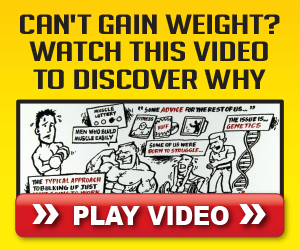No matter how in shape you are, when you start a new workout, or increase the intensity of your current routine, you can expect to experience aches and pains. Sometimes, these pains can be pretty intense, so we reach for a quick solution- over the counter pain relievers- more commonly, NSAIDs. New research suggests that this may be an act in vain.
—-
Sore Muscles May Not Benefit from Regular NSAIDs
Action Points
• This study was published as an abstract and presented at a conference. These data and conclusions should be considered to be preliminary until published in a peer-reviewed journal.
• Muscle pain after heavy exercise is natural and even healthy and taking anti-inflammatory drugs for normal soreness may be a bad idea.
• Point out that the findings imply that the inflammatory reaction following muscle injury may be essential for recovery.
BERLIN — Muscle pain after heavy exercise is natural and even healthy, and taking anti-inflammatory drugs for normal soreness may be a bad idea, researchers suggested here.
Studies in healthy volunteers who exercised hard enough to cause muscle soreness indicated that the potent nonsteroidal anti-inflammatory drug (NSAID) ketoprofen inhibited the recovery process, according to Matthias Rother, MD, PhD, of International Medical Research in Graefelfing, Germany, and colleagues.
The total amount of pain, as quantified by the area under the curve (AUC) for pain severity over a one-week period after the exercise, was increased in participants who took ketoprofen at first onset of muscle soreness.
Celecoxib (Celebrex) treatment diminished total pain slightly, Rother and colleagues reported at the annual meeting of the European League Against Rheumatism.
But precisely because the reduction was small, and in light of the clear lack of benefit from ketoprofen, the researchers concluded that there is no value in NSAID treatment for muscle soreness.
Although NSAIDs are effective against a wide range of painful and inflammatory states, their benefit in exercise-induced muscle soreness has been controversial.
For example, a previous study found elevated cytokine levels in ultra-marathon runners who took ibuprofen relative to those who went untreated (Brain Behav Immun 2005; 9: 398-403). Another study by a different group indicated that ketoprofen extended the time with pain after tonsillectomy compared with celecoxib (Otolaryngol Head Neck Surg 2005; 132: 287-294).
In the current studies, Rother and colleagues had a total of 64 healthy volunteers walk down stairs for a total of 300 to 400 vertical meters, similar to walking all the way down from the top of a 100-story building.
Forty of the participants were randomized to take 200 mg of oral celecoxib or placebo twice daily for a week afterward, starting 12 to 26 hours after completing the stair test.
The other 24 completed an identical protocol except the NSAID was oral ketoprofen at 100 mg twice daily.
Participants in the latter study simply reported overall leg muscle pain, whereas those in the celecoxib study were asked to rate pain separately for the calf and thigh during contraction. All pain assessments were performed at pre-exercise baseline and at numerous intervals over the week after exercise.
At no point during the ketoprofen study did participants taking the active drug report less pain than those in the placebo group, Rother and colleagues found.
The AUC for pain scores was 462 (standard deviation 160) for ketoprofen versus 376 (SD 159) for placebo (P=0.02).
Most importantly, pain ended at hour 122 in the ketoprofen group versus hour 105 in the placebo group (P=0.005). Rother and colleagues said this was “the most negative effect” of ketoprofen.
In the celecoxib study, the drug was most effective in reducing calf pain on contraction. For thigh contraction, scores at each time point were virtually identical between participants taking the active drug versus placebo.
The sum of calf plus thigh pain was reduced 12% to 13% over the full study period, according to Rother and colleagues.
The peak reduction was measured 3 days after exercise (mean 2.7 for celecoxib compared with 2.0 for placebo, P-value not reported).
Overall, the findings imply “that the inflammatory reaction following muscle injury is essential for recovery,” Rother and colleagues indicated in their poster presentation.
“Since the effect of celecoxib … was only modest, usage of NSAIDs for the treatment of exercise induced muscle soreness cannot be supported,” they concluded.
Source
—–
When you feel pain after working out, it’s completely natural, but the way you treat it should be handled with caution. Researchers are now suggesting that taking anti-inflammatories may be a very bad idea. New studies have shown that when people take these over the counter anti-inflammatories after working out hard enough to cause muscle pain, the medication actually hindered the healing of muscles.
Over time, the amount of pain one is going to experience is going to be much higher if they are a chronic user of NSAIDs. The study suggests that the inflammatory process after muscle injury is actually a very important part of the healing process. When you lift weights, you are stretching and stressing the muscles, healing is part of what makes the muscles stronger and bigger- if you hinder that process, you may not see results, and you will most likely have lingering pains long after the workout.
Not to fret, there are plenty of natural ways to find relief from muscle soreness after a workout. Blueberries have shown great promise for muscle soreness- they also have excellent health benefits and anti-oxidant properties. Vitamins and minerals have very promising benefits for pain management as well. Homeopathic specialists recommend that athletes try fish oils, vitamin D, and capsaicin.
All in all, the best route to take is to try to prevent soreness before it occurs. Although it’s not entirely possible to eliminate all soreness after a workout, taking a few easy steps will put an end to unnecessary pain. Stretching before any workout will loosen the muscles and prevent cramping- a sensation many may be mistaking for regular growing pains. It is also extremely important to use the machines and equipment safely and correctly. Posture is another important factor when weight lifting- for example, a bicep curl should never impact your back, but certainly can if you’re not sitting the right way!
Are you NSAID dependent after a workout? Would you consider giving them up now considering they may be hurting your muscle growth?
|
Gain 10lbs of Muscle in 30 Days?
Grab this free Muscle Gaining Plan that includes the workout and diet plan. Just Enter Your Email Below.
|

|

|
We hate spam just as much as you
|


{ 0 comments… add one }